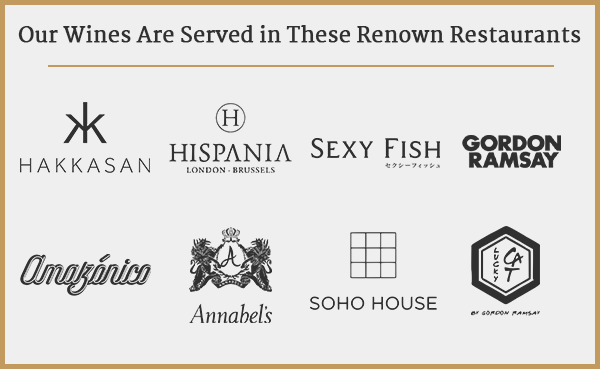Producer
Chardonnay-focused cuvées.
Vineyard
Chalk soils.
Winery
Lees ageing for texture.
£56.95 £42.71

Elegant Blanc de Blancs Champagne
100% Chardonnay, fresh and refined.
Green apple, chalk, almond, brioche.
– Seafood
– Poultry
– Creamy cheeses
– Canapés
Chardonnay-focused cuvées.
Chalk soils.
Lees ageing for texture.
Sign Up Now For A Free Bottle Of White Truffle Oil With Your 1st Order
SIGN UP FOR FREE TASTERS
Total: £144.76